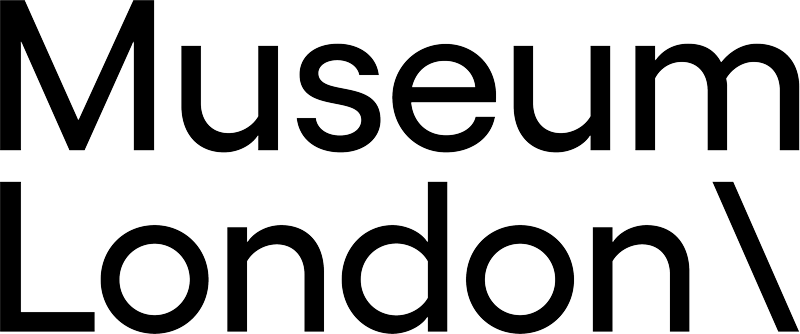"C.F.P.L." Sign
Date1941-1949
Dimensions2 × 8 ft. (61 × 243.8 cm)
Credit LineCollection of Museum London, 2024
Object number2024.001.013
Label TextThis large sign advertised London's CFPL AM radio. In August 1944, the CBC approved CFPL's wattage increase from 1000 to 5000, increasing its range. Earlier, in 1941, the CBC had changed CFPL’s frequency to 1570. This was a problem. Many older radios could only reach 1500. After much lobbying, CFPL moved to the 980 frequency in February 1949.
In 1922, Canada’s federal government began to issue radio broadcasting licenses. This began a radio craze that swept the country, London included. London soon had four stations. But only CJGC, reborn as CFPL in 1933, survived for the long term.
On September 30, 1922, the "London Free Press" announced CJGC’s first broadcast that evening. Listeners heard Sir Adam Beck affirm that the station would put public service first, as the Free Press had always done. Next came the Jack Cortese Ensemble. “We played very loud, thinking that the louder we played, the more distance we’d get,” Cortese later recalled. "London Free Press" owner Arthur Blackburn (1869-1935) had been a radio enthusiast before he established CJGC in 1922. He recognized that newspaper and radio could work together to meet audience needs for news and entertainment.
CJGC broadcast from the "London Free Press" building at 430 Richmond until April 1933. The station then combined with Windsor’s CKOK to become CKLW. London listeners mourned as they said, “good-bye to a dear friend.” In September 1933, the newspaper launched CFPL, promising it would “pay particular attention to local broadcasting.” Did you know that CFPL stands for “Canada Free Press London?”
NameSign, Trade
1966-1970
After 1927
George Speake









